
content, reviewed by leading industry experts and seasoned editors. Ad Disclosure
London is the stage for Ripple’s latest stable-asset advance this morning as the enterprise blockchain firm unveiled a strategic partnership with U.K.-based banking-as-a-service provider OpenPayd. The tie-up folds OpenPayd’s real-time payment rails, multicurrency accounts and virtual IBANs directly into Ripple Payments, extending instant EUR and GBP settlement to the product’s near-global payout network, which already covers more than 90 percent of daily FX flows and has processed over $70 billion in volume.
Ripple Goes Full Throttle On Stablecoins
At the heart of the deal sits Ripple USD (RLUSD), the company’s enterprise-grade, USD-denominated stablecoin: OpenPayd will offer on-platform minting and burning of RLUSD, letting clients move frictionlessly between fiat balances and tokenized dollars via a single API.
OpenPayd chief executive Iana Dimitrova framed the move as a bridging exercise between two once-separate financial stacks. “By combining Ripple Payments with OpenPayd’s rail-agnostic and fully interoperable fiat infrastructure, we are delivering a unified platform that bridges traditional finance and blockchain,” she said, adding that the integration will help enterprises “access stablecoin liquidity at scale, and simplify cross-border payments, treasury flows and dollar-based operations.”
For Ripple, the announcement deepens a months-long campaign to embed RLUSD across regulated venues and payment corridors. The stablecoin was first integrated into Ripple Payments on 2 April 2025, when the company said the asset was already approaching a $250 million market capitalization and had cleared $10 billion in cumulative trading volume. At the time, senior vice-president of stablecoins Jack McDonald highlighted early usage by remittance providers BKK Forex and iSend to streamline treasury operations and collateral management.
Regulatory momentum has since followed. On 3 June, the Dubai Financial Services Authority recognized RLUSD as an approved crypto token for use inside the Dubai International Financial Centre, noting the coin’s 1:1 cash backing and NYDFS trust-company oversight. The DFSA sign-off positioned RLUSD among a small cohort of stablecoins meeting simultaneous New York and Dubai standards, a feature Ripple says is essential for institutional uptake.
Liquidity on the XRP Ledger is also gathering pace. Ripple’s mid-June market-infrastructure brief pegged RLUSD spot turnover on the ledger at $500 million for the second quarter, making it the chain’s single largest fiat-backed stablecoin by volume. The same update pointed to growing multichain issuance—RLUSD is native on both XRPL and Ethereum—as evidence of developers’ appetite for on-chain dollars that can settle across disparate ecosystems without leaving enterprise-grade compliance behind.
Against that backdrop, today’s OpenPayd integration gives Ripple an immediate fiat on- and off-ramp inside the European Economic Area and the UK—jurisdictions that, collectively, accounted for almost 40 percent of RLUSD treasury flows in the first half of the year, according to company figures. McDonald called the partnership “a decisive step toward real-world adoption of stablecoins at scale,” arguing that institutional users prize “seamless interoperability between traditional infrastructure and digital assets” above all else.
The companies did not disclose commercial terms, but both sides hinted at a rapid rollout. OpenPayd said RLUSD minting, redemption and multicurrency treasury services will be available “through a single, unified API” later this quarter, while Ripple signalled further currency corridors are in the pipeline as client demand expands.
At press time, XRP traded at $2.17.
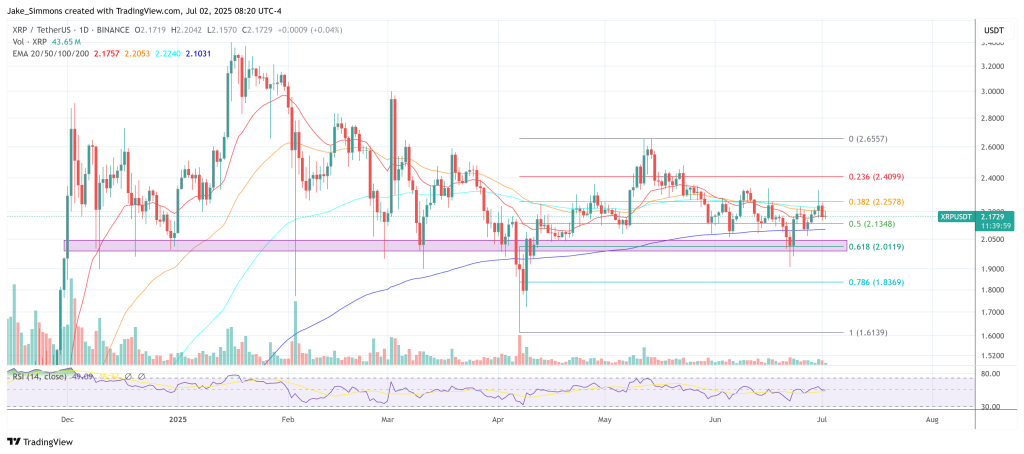 XRP price, 1-day chart | Source: XRPUSDT on TradingView.com
XRP price, 1-day chart | Source: XRPUSDT on TradingView.comFeatured image created DALL.E, chart from TradingView.com

Editorial Process for bitcoinist is centered on delivering thoroughly researched, accurate, and unbiased content. We uphold strict sourcing standards, and each page undergoes diligent review by our team of top technology experts and seasoned editors. This process ensures the integrity, relevance, and value of our content for our readers.





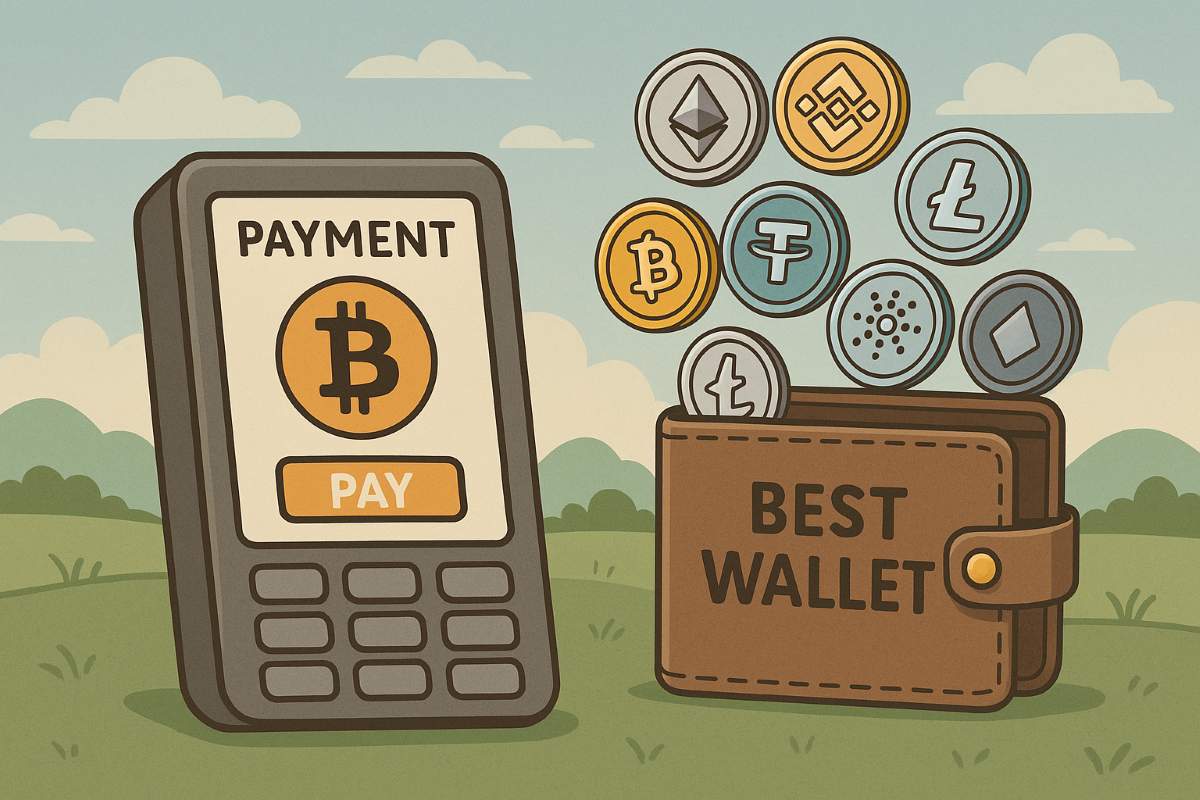
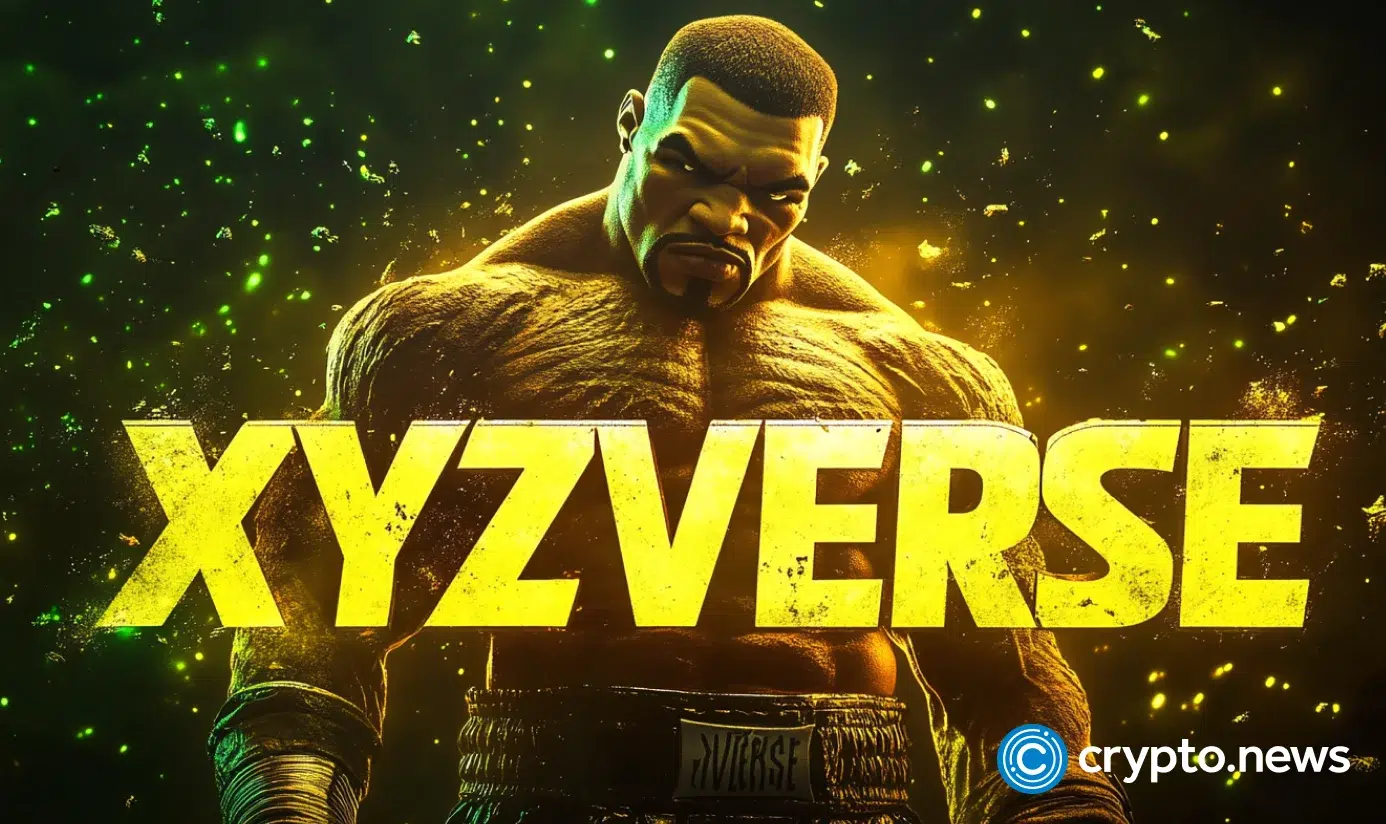

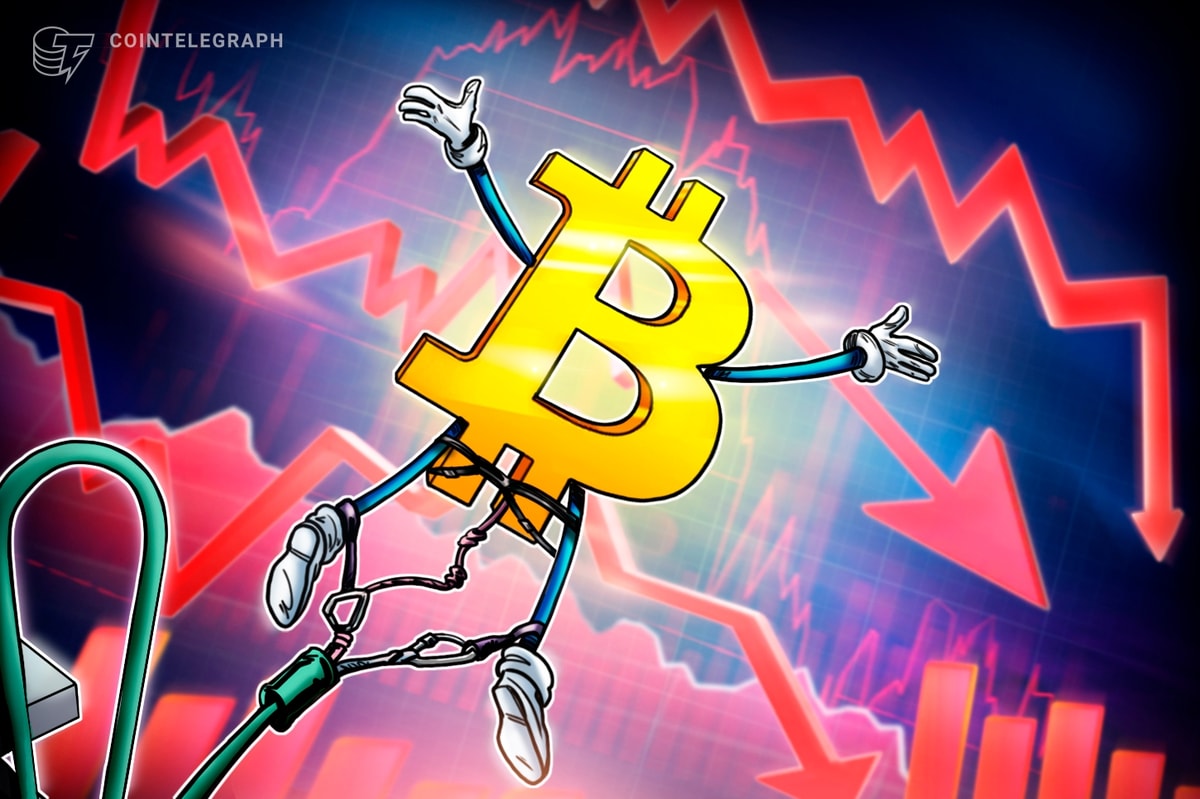




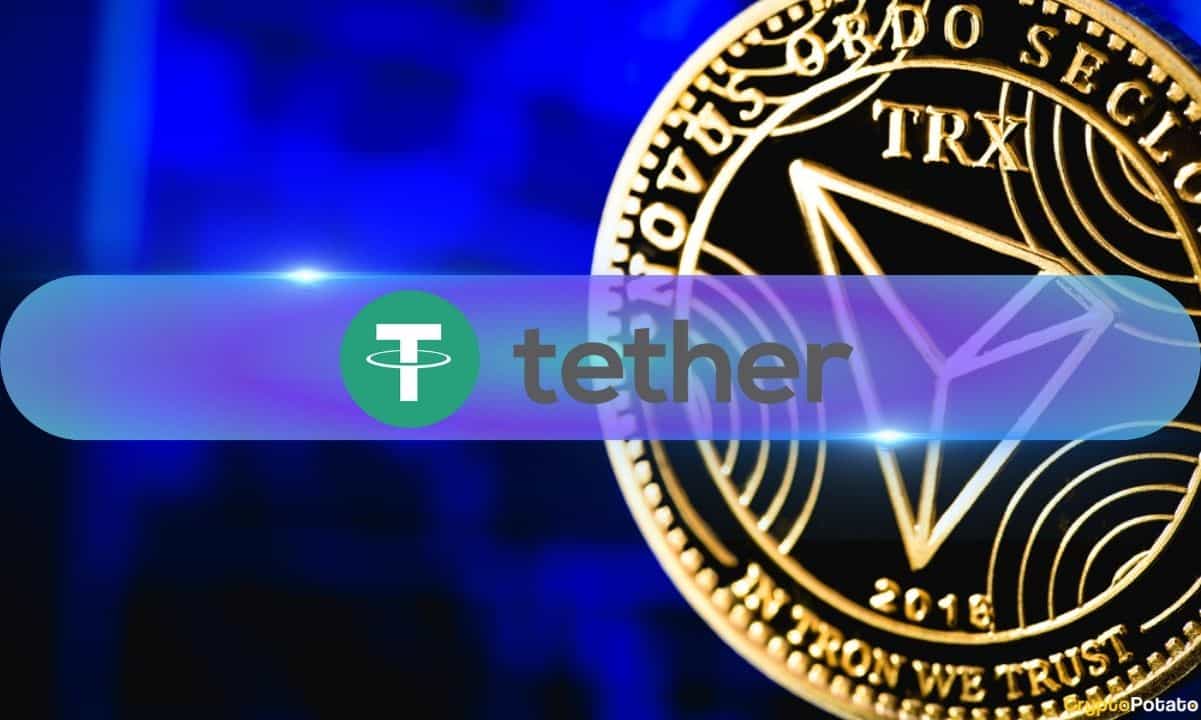

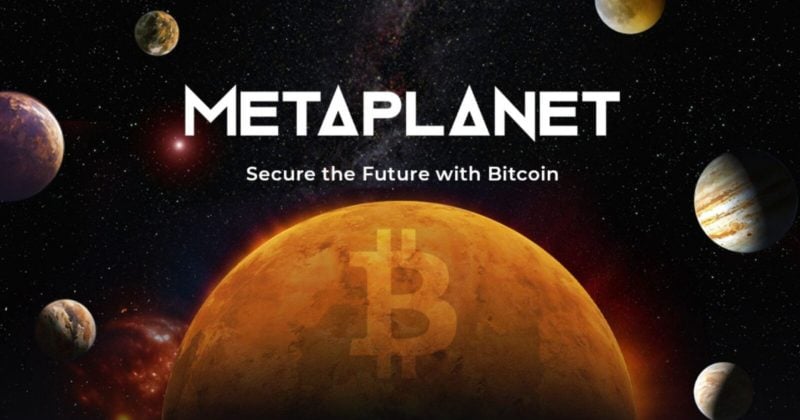
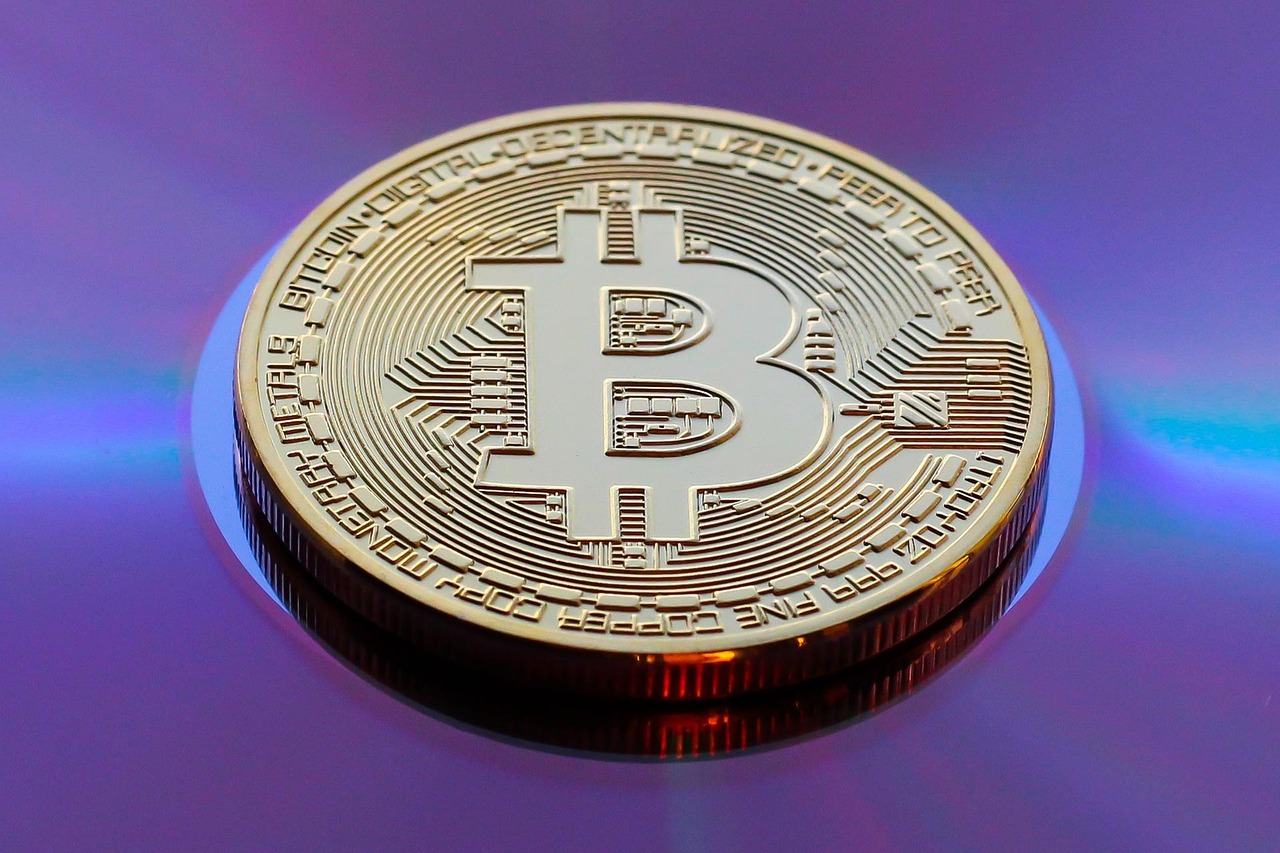
 English (US) ·
English (US) ·